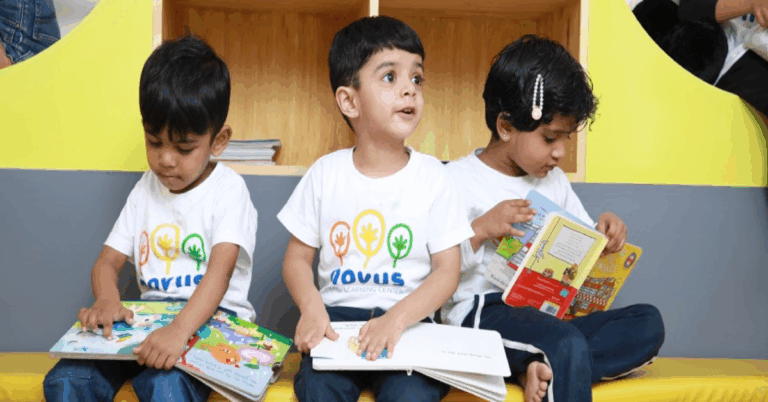Cultivating Intercultural Understanding in Educational Settings
In today’s multicultural educational settings, fostering intercultural understanding is crucial for creating inclusive and supportive environments for all students. One key component of promoting intercultural understanding is developing empathy among students towards individuals from diverse backgrounds. This involves encouraging students to actively listen to each other’s perspectives, experiences, and beliefs without judgment, allowing for a deeper appreciation and respect of different cultures and identities.
Another essential component is incorporating diverse perspectives and materials into the curriculum. By including a variety of voices, histories, and cultural practices in lesson plans, educators can help students gain a more comprehensive understanding of the world around them. This exposure to different cultures not only enriches students’ learning experiences but also helps them develop a more open-minded and tolerant outlook towards people who may be different from themselves.
The Importance of Diversity in Educational Environments
Diversity in educational environments plays a crucial role in shaping students’ perspectives and fostering a more inclusive society. By exposing students to a variety of backgrounds, cultures, and life experiences, educational institutions create opportunities for students to develop empathy, respect, and understanding for people different from themselves. This not only enriches the learning experience but also prepares students to thrive in diverse workplaces and communities.
Moreover, embracing diversity in educational environments helps to challenge stereotypes and break down barriers that may exist between different groups of people. When students learn alongside peers from various ethnic, racial, and socio-economic backgrounds, they are more likely to develop open minds and critical thinking skills. This exposure encourages students to celebrate differences rather than fear them, ultimately contributing to a more harmonious and interconnected world.
Strategies for Promoting Intercultural Communication in the Classroom
Incorporating interactive activities that encourage sharing of personal experiences and cultural backgrounds can greatly enhance intercultural communication in the classroom. By creating opportunities for students to engage in discussions where they can openly express their perspectives and listen to others without judgment, educators can foster a sense of empathy and understanding among diverse groups of learners. These activities can help break down barriers and promote mutual respect, leading to a more inclusive and harmonious learning environment.
Utilizing multimedia resources such as films, music, and literature from various cultures can also be an effective way to promote intercultural communication in the classroom. Exposure to different forms of artistic expression can spark meaningful conversations and encourage students to explore new worldviews. Through analyzing and discussing these cultural artifacts, students can develop a broader appreciation for diversity and gain insights into the values and beliefs of others, ultimately fostering a more culturally sensitive and empathetic learning community.
Why is it important to promote intercultural communication in the classroom?
It is important to promote intercultural communication in the classroom to foster understanding, respect, and appreciation for diverse perspectives, cultures, and experiences. This helps create a more inclusive and welcoming learning environment for all students.
How can educators promote intercultural communication in the classroom?
Educators can promote intercultural communication by incorporating diverse perspectives into the curriculum, encouraging open dialogue and discussion among students, organizing cultural exchange events, and providing opportunities for students to learn about different cultures and traditions.
What are some key components of intercultural understanding in education settings?
Key components of intercultural understanding in education settings include cultural awareness, empathy, open-mindedness, effective communication skills, and a willingness to learn from and engage with people from different backgrounds.
How does diversity benefit educational environments?
Diversity benefits educational environments by exposing students to a wide range of perspectives, ideas, and experiences, which can lead to increased creativity, critical thinking skills, and empathy. It also helps prepare students for success in a globalized world.
What can students do to promote intercultural communication in the classroom?
Students can promote intercultural communication in the classroom by actively listening to their peers, respecting different viewpoints, participating in cultural exchange activities, and being open to learning about and engaging with diverse cultures.







